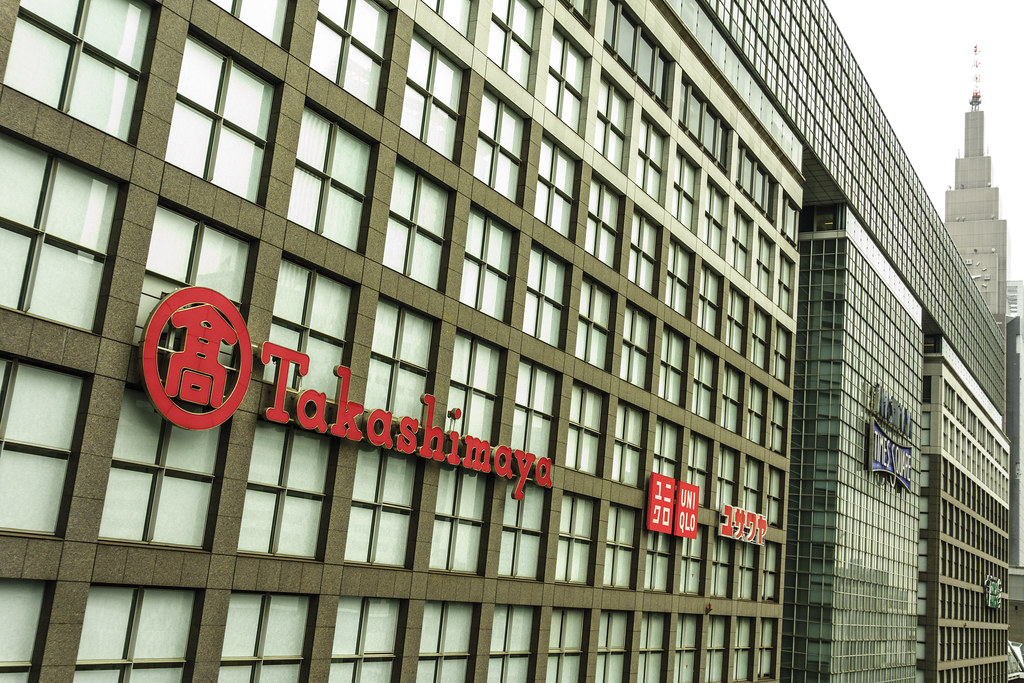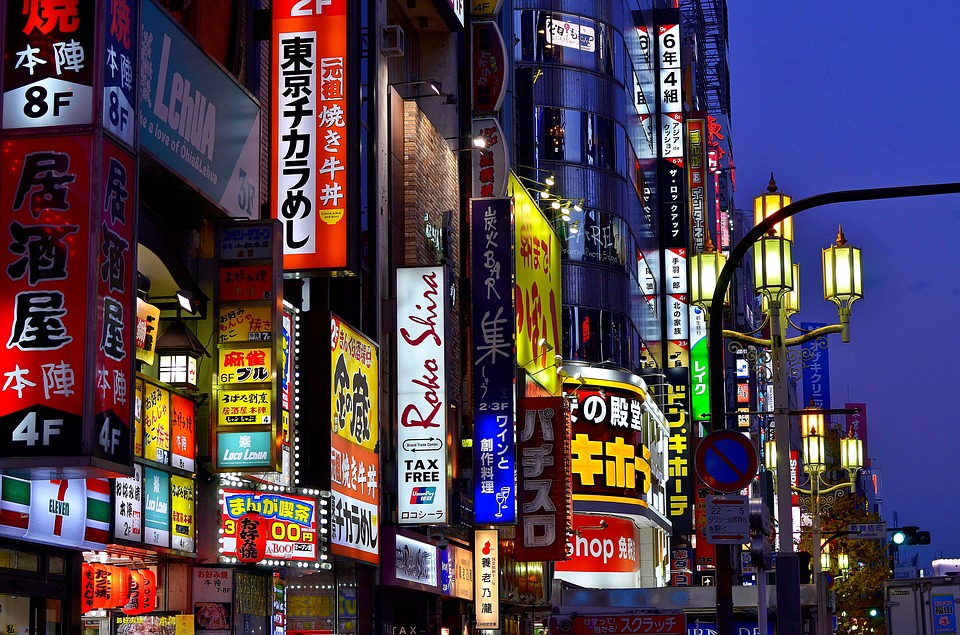Tokyo2
The Kanto region is known to be the most metropolis part of Japan. The megacity of Tokyo is easily the most populated of the country’s 47 prefectures. It’s a place where it showcases the fast-paced commercialized life while maintaining the traditional roots of Japan. Within Tokyo, there’s Asakusa – rich with history and culture, while Shinjuku is a hub with luxurious skyscrapers full of entertainment and department complexes. But Tokyo is not just known for its city life, if you head to the Suburban Tokyo area, there are also plentiful of unspoiled greenery mountains, flower gardens and shrines that are just a short train ride away.
Tokyo is one of our favorite cities in Asia, but tackling such large metropolis can be quite daunting. While, it’s a focal point with unlimited choices of food, shopping and attractions, it’s easy to lose yourself when traveling to Tokyo for the first time. We’ll break it down for you with guides on where to stay, best time to visit and navigating the large hub, as well as day trips that are within easy reach from Tokyo. Let’s go!
Best Months to Visit Tokyo
Spring is one of the most beautiful season to visit Japan, it is when the nation’s favorite flowers come into bloom. From late March – early April, visitors will find the cherry blossom trees in full bloom, blanketing the streets with delicate pink sakura petals. In late April to early May, Nemophilas transforms the hills at Hitachi Seaside Park into a never ending blue ocean. Wisterias are also in full bloom around late April, or participate in the annual Fuji Shibazakura Festival to see the beautiful pink moss flower on the foot of Mt Fuiji.
Though fall can be one of the wettest times to visit Tokyo, the city is just as captivating as spring. Fall is when the leaves start to change color, some from leafy green to tiger orange and others to a beautiful crimson red. Unlike cherry blossoms, which only last for one week, autumn foliage usually lasts for several weeks, giving more flexibility on travel times and accommodations.
If you don’t mind colder weather, winter is generally a good time to visit to avoid large crowds. At this time of year, humidity is low and snow is rare. Though accommodations tend to be fairly consistent in Tokyo, chances of seeing slightly lower hotel rates are usually higher during the winter months, with the exception of the Christmas holidays. Also note that some museums may be closed when visiting during the holiday period.
Summer is definitely the busiest season to visit Tokyo as many flock to the city to take their summer vacations. It’s also the hottest time to visit as temperatures can rise up to 25-30 Celsius (77F – 86F). But if the heavy crowds and hot weather doesn’t discourage you, it’s also a great time to experience the lively festivals full of dances, food and music that fill up the streets of Tokyo. Visit around mid-July for the Mitama Matsuri Festival, where the Yasukuni Shrine is decorated with over 30,000 lanterns with plenty of stalls offering traditional snacks and games. Or try to plan your visit around the annual Sumidagawa Firework Festival, where millions of people gather around the Sumida River for one of Japan’s biggest fireworks event.
Where to Stay – Popular Neighborhoods
Located on the west side of Tokyo, is home to one of Japan’s busiest transportation hubs. It is the place to stay if you want easy hassle-free access in and out of the city. The Shinjuku station is extremely well connected to the city’s main areas and it also provides a direct stop to Tokyo Station for the bullet trains.
Besides being the focal point to all railway lines, it is also known for the vibrant neon-filled lights people associate Tokyo with. There are plenty of high-rise department stores and entertainment complexes all within walking distance when staying in Shinjuku. It’s also perfect for travelers seeking a big nightlife scene. The Shinjuku district also offers tons of izakayas, pubs, and even karaoke bars, opened to as late as 3am!
SHOPPING & ATTRACTIONS NEARBY


You can just about find everything you need at Takashimaya. They have over 3 levels dedicated just for restaurants as well as an extensive depachika (department store food halls) located in the B1 area.
Excited to try out your food haul from one of the many depachikas at the mall? Feel free to head over to Chou Park for a refreshing picnic under the trees. Conversely, if you have a little more time in your itinerary, Gyoen National Garden’s huge green space is a great way to escape the busy streets of the city center. If you’re lucky enough to visit during Cherry Blossom season, be sure to dedicate at least 2-3 hours to witness the sight of sakura petals blanketing the entire garden as it is a popular destination for sakura viewing.
Craving a late night snack? Feast on small yakitoris while grabbing a drink with the locals in one fo the izakayas or barbecue stalls.
Pros of Staying in Shinjuku –
Cons of Staying in Shinjuku –
September 21, 2018





